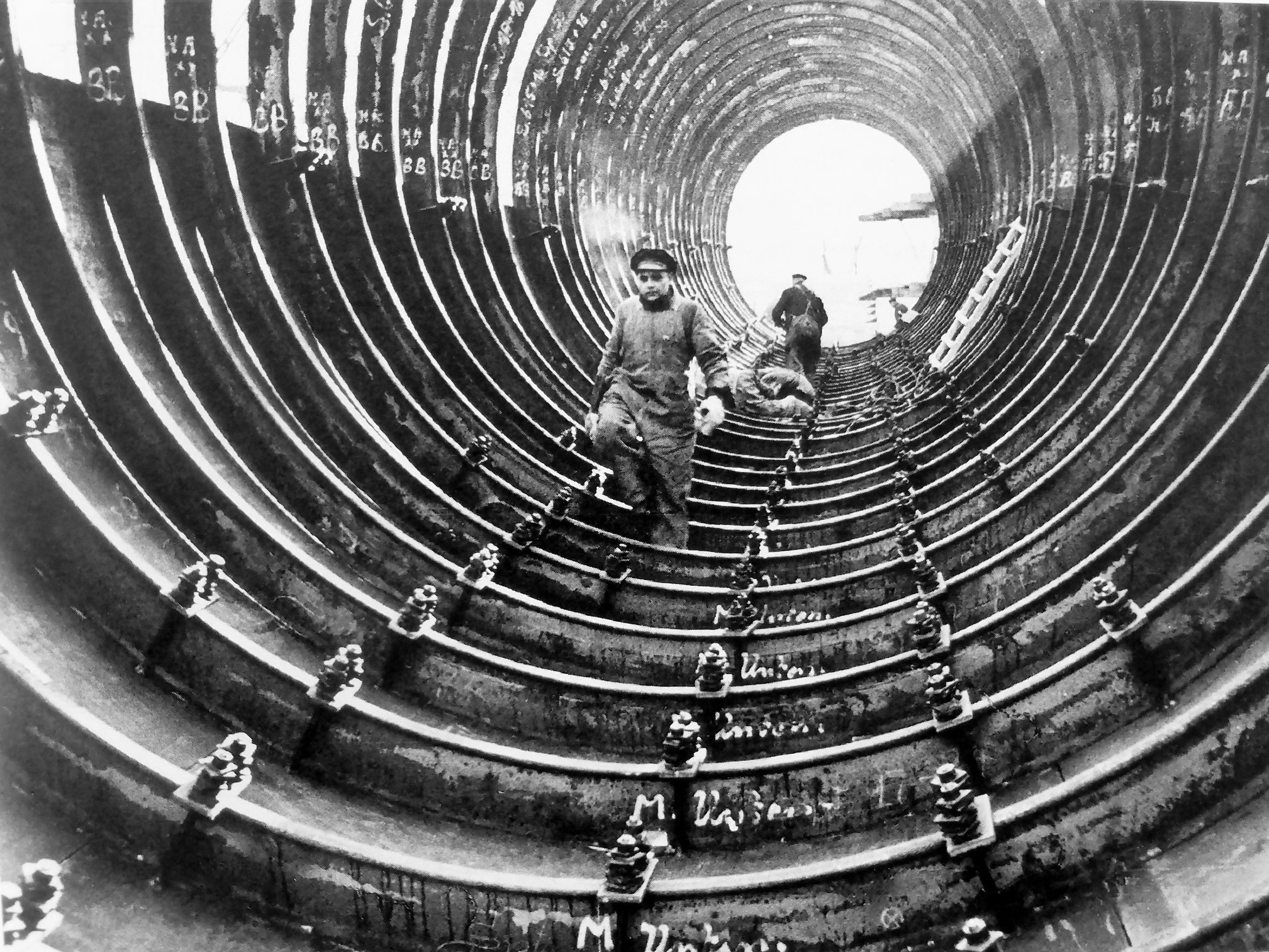The submarine U 474, a Type VII C model, was active in World War II, but did not take part in combat operations. Its construction began on December 28, 1941, and it was launched on April 17, 1943. Even before its official commissioning on May 14, 1943, U 474 was hit by bombs and sunk during an air raid on the Deutsche Werke AG equipment quay. After it was lifted, construction continued. Recommissioning was planned for March 1944, but the boat again suffered damage from bomb attacks, whereupon construction was temporarily stopped.
Despite everything, U 474 swam again on October 11, 1944, and after the building materials were secured, construction began again in November 1944. At the end of the war the boat was 95% complete. On May 3, 1945, U 474 was sunk by its own crew near Kiel as part of Operation Rainbow.
The Class VII submarines were an important series of submarines in the German Navy during World War II. With a production of 705 boats, she was the most built submarine class in history and was also responsible for sinking the largest amount of ship tonnage. A further 160 boats were originally planned, but construction was discontinued in favor of the more advanced Type XXI.
The Type VII submarines were double-hulled ocean-going boats, the most noticeable feature of which were the external ballast tanks called saddle tanks. They differed from the Type IX ocean-going submarines and the Type II coastal submarines and were therefore referred to as “Atlantic boats”. These boats reached the deepest diving depths of any submarine built during World War II, often well beyond the shipyard's guarantees. They were characterized by strong attack capability and good performance characteristics with relatively small dimensions, but at the expense of living quality. The Model VII C was the most frequently built submarine and was considered the most successful submarine type in the history of naval warfare.
Submarine warfare was a key strategy in the World Wars, used primarily by the German Navy to disrupt Allied sea routes. This tactic aimed to attack merchant and warships with submarines unnoticed and thus cut off the enemy's supply lines.
Im Ersten Weltkrieg eskalierte der uneingeschränkte U-Boot-Krieg und provozierte den Kriegseintritt der USA gegen Deutschland. Im Zweiten Weltkrieg wurden deutsche U-Boote, vor allem die Typen VII und IX, in „Wolfpacks“ organisiert, um alliierte Konvois im Atlantik zu bekämpfen.
However, as the war progressed, the U-boats became less effective due to improved Allied defense technologies and tactics. Submarine warfare, initially successful, ultimately proved unprofitable and marked a crucial turning point in maritime warfare.
Displacement
Total displacement 1,050 m³
above water 761 tons
under water 865 tons
Length
a total of 67.1 m
Pressure hull 50.5 m
Width
total 6.2 m
Pressure hull 4.7 m
Speed when driving at maximum power
above water 17.6 knots
underwater 7.6 knots
Range
above water 6,500 nm (12,000 km) at 12 knots
underwater all-electric 80 nm (150 km) at 4 knots
Largest fuel reserve
113.5 t (fuel oil)
Crew
44-52 men
Torpedoes carried
14
Diving depth
100 m (construction diving depth)
165 m (test diving depth)
250 m (calculated destruction depth; according to current knowledge, the destruction depth was at least 280 m)









